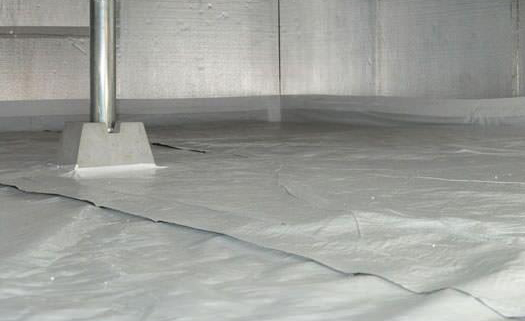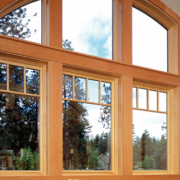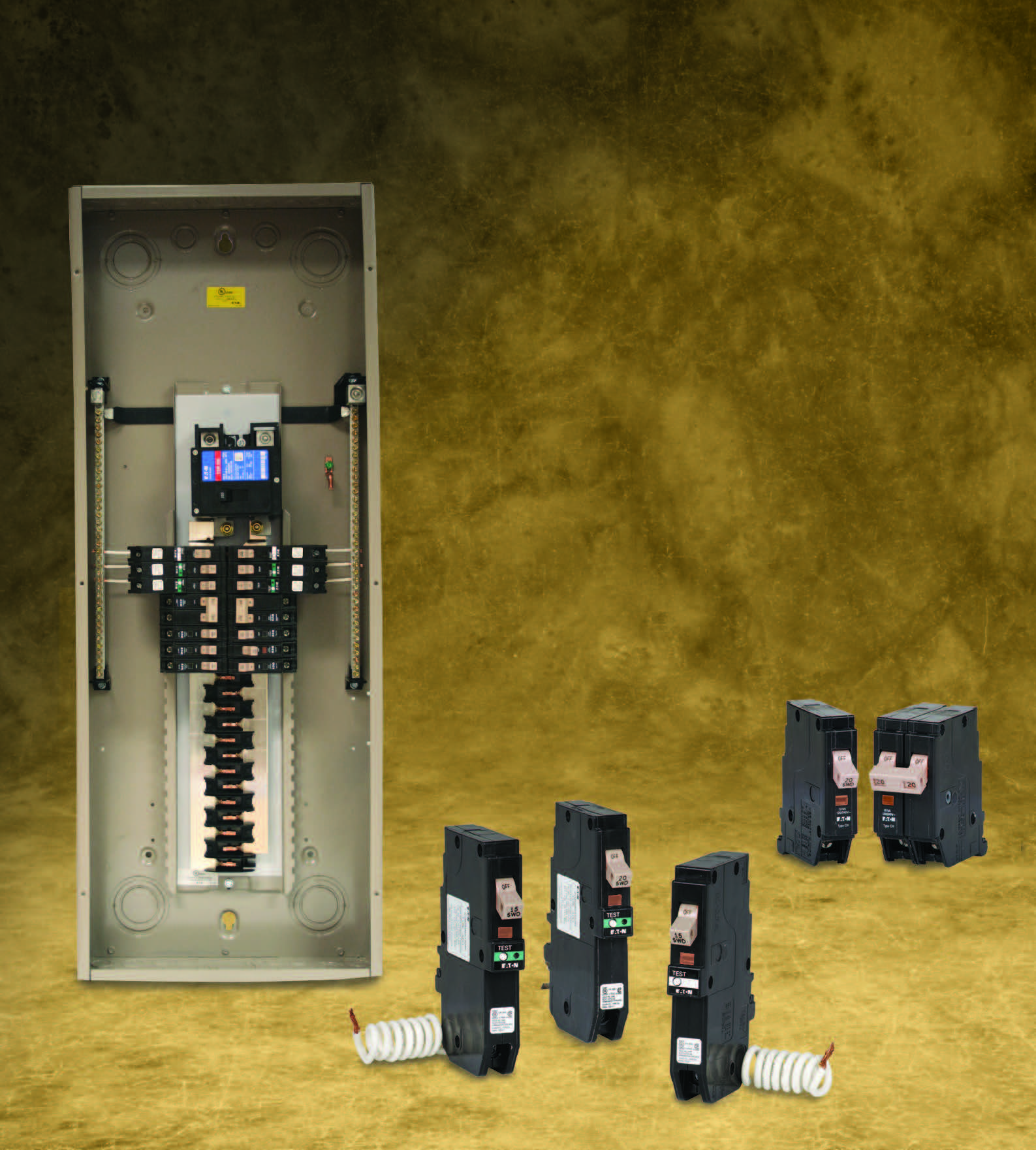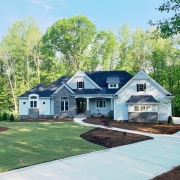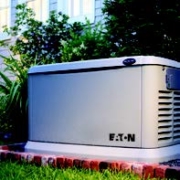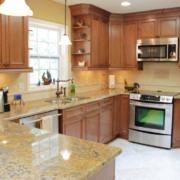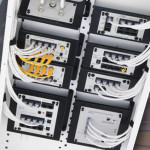Basically a conditioned crawl is a mini-basement. When you go into a conditioned crawl you will see:
- A vapor barrier covering the entire floor and going up the walls at least 6 inches. The seams are sealed and it keeps water vapor in the ground from going into the crawl space and then into the house.
- There are no vents.
- The foundation walls and band joists are insulated. The only space not insulated is a termite strip so the pest inspector can check for termites.
- There is a small amount of HVAC supply air going into the crawl space.
 The benefits of a conditioned crawl are huge, especially in the humid Triangle area. Relative humidity stays lower in the crawl than outside, greatly reducing the possibility of mold growth, wood rot and termites. Also, because it is sealed, the crawl space will not become a home for various critters looking for a cool, damp place to live. Additional benefits for homeowners include:
The benefits of a conditioned crawl are huge, especially in the humid Triangle area. Relative humidity stays lower in the crawl than outside, greatly reducing the possibility of mold growth, wood rot and termites. Also, because it is sealed, the crawl space will not become a home for various critters looking for a cool, damp place to live. Additional benefits for homeowners include:
- Much better indoor air quality in your home. The alternative, a vented crawl space, can allow mold and other pollutants to enter the house through the floors.
- A more comfortable home because the space under the first floor is conditioned and not hot and humid.
- Warmer floors in the winter.
- A more durable house. Keeping moisture out of the crawl space helps everything in the crawl last longer. Moisture in vented crawls can lead to wood rot in the crawl and buckled hardwood floors in the house.
- Much lower energy bills. Studies in North Carolina done by Advanced Energy in 2002 show close to a 20% reduction in energy bills in homes with conditioned crawls.

